The Torana XU-1 was a bit of a gamble on holden’s part as it entered a David and Goliath battle with ford’s falcon GT HO for Bathurst glory. Here we tell the tale of an XU1 saved from becoming another racing casualty.
Holden’s Torana may have started life as an Antipodean take on the Pommie Viva, but it didn’t take GMH long to Australian-ise its Euro import. First introduced in 1967, the Torana was initially powered by four-cylinder engines but when the second generation ‘LC’ emerged in 1969, it could be had with Holden’s own inline six. While the GM faithful of the day could buy the Monaro, it was expensive, so the firm went about developing a cheaper sportster. And that was the two-door GTR, introduced in 1969 with a 2.6-litre straight six from the bigger Belmont. It was hotted up for duty in the sporty Torana with a better cylinder head, racier cam and improved exhaust to go with the sportier styling.
Needing a racing replacement for the Monaro, it wasn’t long before the Torana gained the attention of Harry Firth’s Holden Dealer Team, who duly set about devising the XU-1 variant for the race track. They slipped Holden’s 3.1-litre ‘186’ engine under the Torana’s hood and blessed it with a new head. Sucking through a triple Stromberg carburettor set-up and with a set of extractors, it developed 119kW. They improved the brakes, reworked the suspension, tacked spoilers on front and rear while a big 17 gallon (77L) fuel tank invaded the boot space.
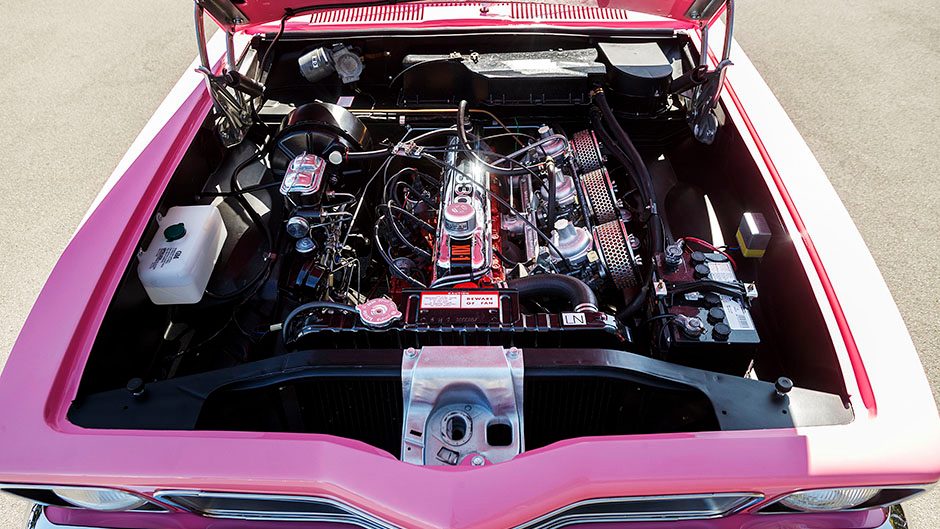
This downsizing strategy for Holden’s new race car was risky, especially against the super-sized Ford competition. The XU-1 still used a big engine in a small body philosophy, but the lack of a big V8 must have made some nervous.
Torana is derived from the Aboriginal language, meaning ‘to fly’, and the XU-1 did just that. It had a better power-to-weight ratio than the Monaro and at just under 1100kg, it was a handy 400kg lighter than the Falcon opposition. This would give the nimble Torana an advantage on tyre wear, brake preservation and fuel consumption, helping it go further between pit stops.
HDT switched to the Torana from the Monaro in 1970, winning first time out with Colin Bond at the wheel. A dozen of them would compete at Bathurst that year, taking a class victory but finishing third overall, a lap down on the winning XW Falcon GT HO.
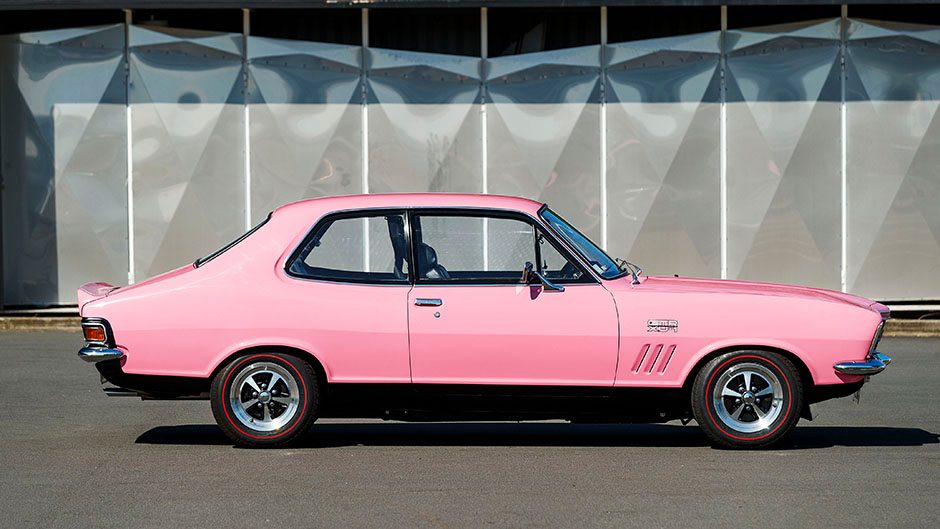
The Torana XU-1 would come in for constant updates as Holden looked to secure the wins on Sunday to help them sell on Monday. The upgraded 1971 LC XU-1 was a better machine, but so too was the Phase III GT HO, which swept the podium at Bathurst that year, with Colin Bond’s XU-1 fourth.
And so the revised 1972 LJ Torana gained a new grille and Camaro-like tail lamps while up front there was more grunt thanks to a bigger 3.3-litre ‘202’ from the HQ. With the triple carb set-up and higher compression, it gave the XU-1 22 extra kilowatts, or around 190hp all up. Holden sorted the suspension too with revised geometry and spring rates to steady the handling and gave it a faster steering rack.
Holden had planned on rolling out a 308-powered V8 Torana for Bathurst, but it was killed by Australia’s big supercar scare that also claimed the Phase IV GT HO and the V8 Charger as Australia’s big three all bowed to political pressures. It forced Holden to make 200 special XU-1s late in 1972, later known as Bathurst Specials, with various extras to improve on-track performance. Despite a qualifying lap time 3.5sec slower than the pole sitting XY Phase III of Moffat, Peter Perfect made the XU-1 dance across the top of the Mountain, and he kept ahead of the Falcon of John French to notch debut wins for both himself and the Torana.
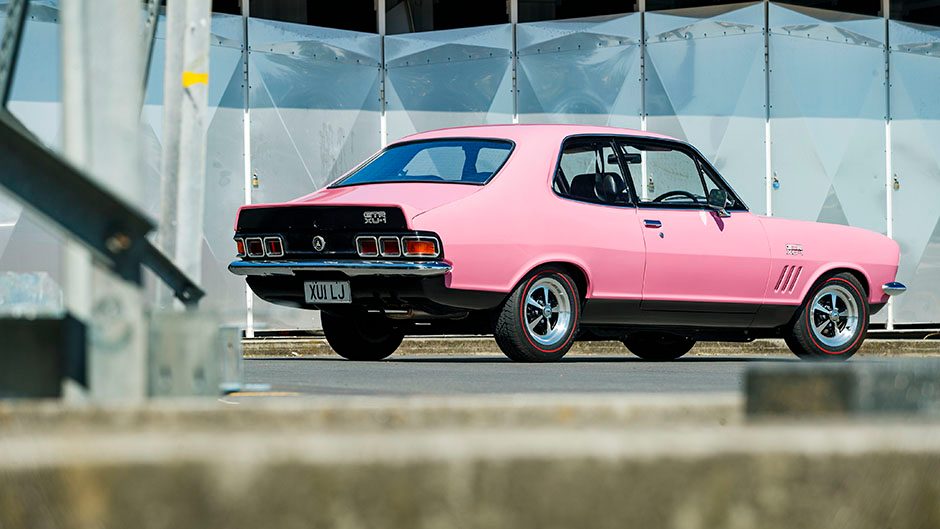
In ‘73, Holden made more changes to the final 150 cars made, and they are now the most prized of the XU-1s. These gained a revised cylinder head and manifold, better cooling and upgraded rear axles. While the XU-1 notched just one Bathurst win, it was competitive on tighter tracks where top speed wasn’t so vital and took Brock to his first Australian Touring Car championship in 1974, before being replaced by the LH Torana L34 in 1975. The XU-1 was also a handy rally car, winning four Australian titles in a row. Overall there were about 3300 XU-1s built, but given lax GM record keeping, the exact number isn’t known.
Since they were bred for racing, many have been wrecked while others have rusted away, but some have been saved, like this beaut pink machine here. Owned by Aucklander Paul Burnet, he reckons the shade (Strike Me Pink as it’s officially known) is 99.99 per cent right but says there was a lot of variation in the colours and they could differ slightly depending just where they were made, XU-1s produced in Holden’s Brisbane and Adelaide plants.
His love of the XU-1 goes back to 1974 when he bought his first from George Bunce (regular readers will recall that he owned conversion specialists, Bunce Motors), who reckoned it was ‘a girl’s car’. Burnet said he raced it for a few years though blew it up twice, and thought there were probably more sensible ways to spend money, so it was sold.
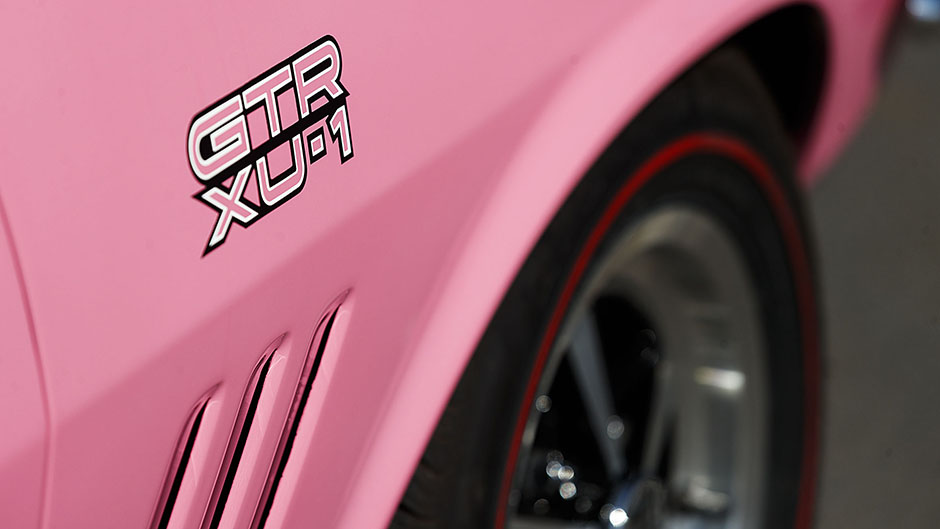
In the eighties he raced an E37 Charger for five or so years, but the pull of the XU-1 returned in early 1994 when he bought this one for around $4000.
It was in ‘a fairly rusty condition’ not that it mattered as the plan was to strip it and build a race car. Burnet also bought a bolt-in roll cage, some Weber carbs and a set of Simmons wheels to help with the transformation, which all came together quickly, the XU-1 lining up for its first race meeting at Bay Park in December that year. Running in the improved production class, Burnet says the XU-1 was always outperformed by the faster V8s but could dice with the Escorts and Fiats in the intermarque class. Burnet raced it mainly at Pukekohe and Taupo until early 2007 when he gave into the will of Dave Johnson, the president of the GTR XU-1 Owners Club, who didn’t want to see another genuine XU-1 lost to racing.
They first found another LJ GTR, minus an engine, for Burnet to turn into ‘a much more serious race car’ before old pinky began a lengthy restoration process, which started in 2012. It was acid dipped, while the body work was handled by Auckland Autocraft in Waiuku. Burnet hunted down a lot of new old stock out of Australia via Ebay to help complete the resto.
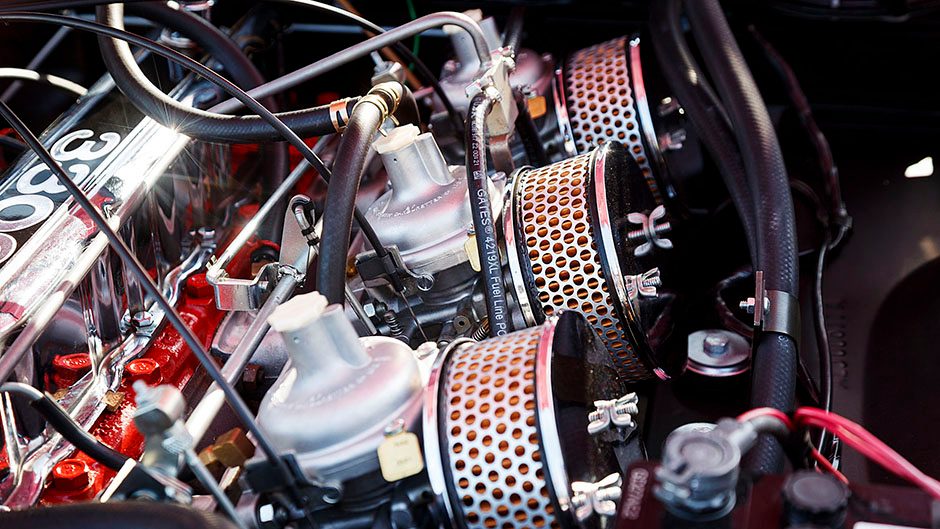
The panel work was completed in 2016 before the car went to Track Sport Engines to have the running gear fitted. After a trial fit for the doors, rubbers, windows and the like, the XU-1 needed a few minor fix ups before it was then sent to Universal Custom in Waiuku to be painted. After another visit to Track Sport Engines to get the six installed, by mid-2019 the XU-1 was ready for the final finishing touches, which took a further six months, and more stress, before it gained a warrant and was back on the road in time for Christmas.
It was in ‘a fairly rusty condition’ not that it mattered as the plan was to strip it and build a race car. Burnet also bought a bolt-in roll cage, some Weber carbs and a set of Simmons wheels to help with the transformation, which all came together quickly, the XU-1 lining up for its first race meeting at Bay Park in December that year. Running in the improved production class, Burnet says the XU-1 was always outperformed by the faster V8s but could dice with the Escorts and Fiats in the intermarque class. Burnet raced it mainly at Pukekohe and Taupo until early 2007 when he gave into the will of Dave Johnson, the president of the GTR XU-1 Owners Club, who didn’t want to see another genuine XU-1 lost to racing.
They first found another LJ GTR, minus an engine, for Burnet to turn into ‘a much more serious race car’ before old pinky began a lengthy restoration process, which started in 2012. It was acid dipped, while the body work was handled by Auckland Autocraft in Waiuku. Burnet hunted down a lot of new old stock out of Australia via Ebay to help complete the resto.
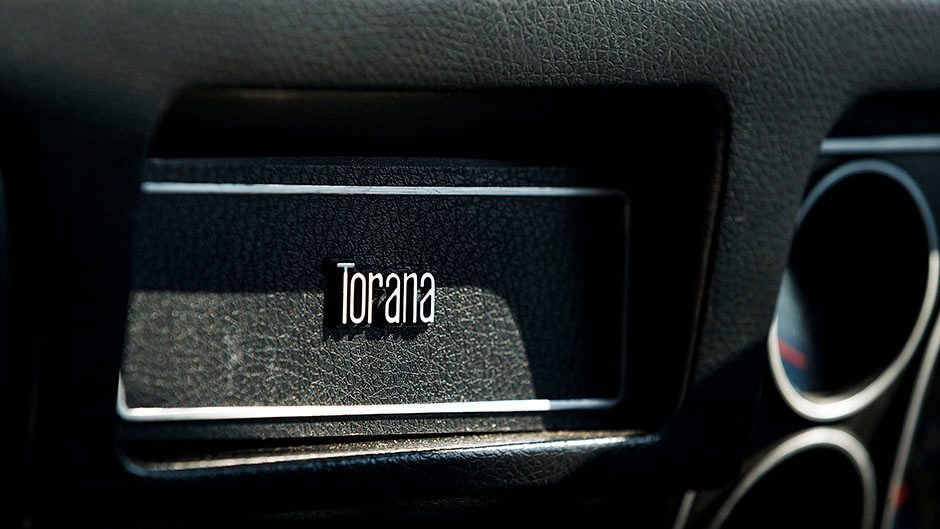
The panel work was completed in 2016 before the car went to Track Sport Engines to have the running gear fitted. After a trial fit for the doors, rubbers, windows and the like, the XU-1 needed a few minor fix ups before it was then sent to Universal Custom in Waiuku to be painted. After another visit to Track Sport Engines to get the six installed, by mid-2019 the XU-1 was ready for the final finishing touches, which took a further six months, and more stress, before it gained a warrant and was back on the road in time for Christmas.
Burnet admits to a certain lack of patience so the seven-year process wore thin, and as to the cost he never kept a strict record. Which might seem odd given he’s an accountant by profession, but in order to keep oneself happy and sane, it’s best not to know, he reckons.
It’s not a strict numbers matching car but is fitted with the right engine for an XU-1. He says it’s now hard to find a true original as many have been raced, rallied and crashed while the rest have rusted. And the engine had its problems, most XU-1 suffering oiling issues when driven hard which would see either cylinder one or six let go. A common conversion back in the day was to ditch the six, along with its hard-to-tune carbs, for a more robust V8.
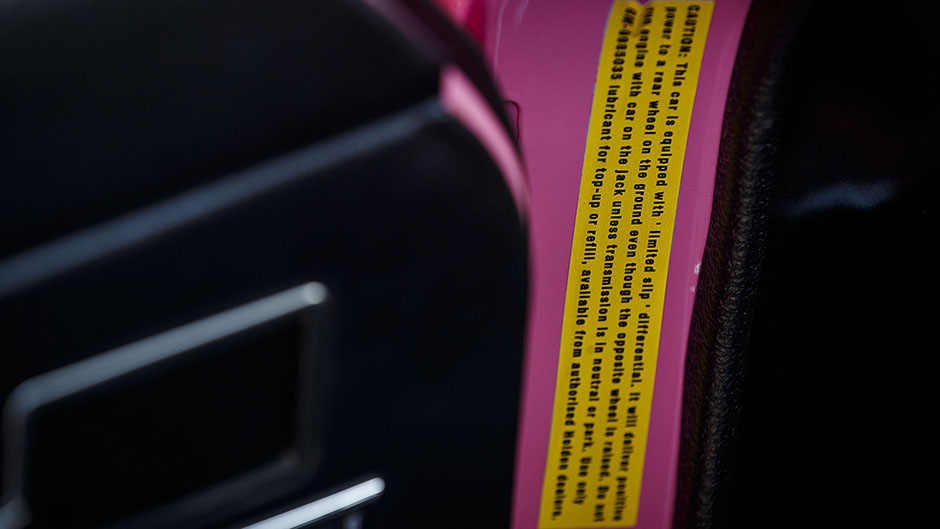
He says engine builders now make the 3300 much more reliable thanks to the inclusion of some improved parts. The standard motor makes about 190hp, while this one here is likely making around 225hp thanks to a few modifications. The six fires up smartly and settles into a gloriously lumpy idle, with plenty of unburnt gas spitting out of the twin-exit exhaust pipe.
Burnet says it’s not intended to be a show car, although to our eyes it’s certainly good enough, as he’d rather drive it and enjoy it. And in the few months since it’s been back on the road, he’s covered 1200 miles.
He likes the old car charms, even if the steering is heavy and it gets incredibly hot in the narrow cabin as the engine generates a heap of heat and there is no air con. He’s not sure about the economy, but it’s probably not great as the six likes to slurp back 98 octane through its triple carbs. But he’s happy with the performance, especially the silky torque. And when he needs to go faster, he’s always got his XU-1 racer, complete with a naturally aspirated six with a bespoke billet block that pokes out a handy 450hp.


